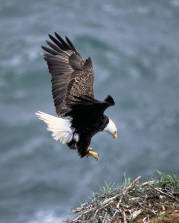 Bald eagle numbers are up in Georgia and Massachusetts, and a Wisconsin county has seen its first bald eagle nest in over 100 years.
Bald eagle numbers are up in Georgia and Massachusetts, and a Wisconsin county has seen its first bald eagle nest in over 100 years.
In Wisconsin, an article in the Kenosha News reported that Seth Fisher, a Department of Natural Resources wildlife technician, flew over the nest, which is on private property in the southern part of Racine County. “It’s exciting to have this be the first nest in a long time this far south” in this region of the state, the article quotes Fisher as saying.
In Georgia, bald eagle surveys in January and March found 166 occupied nesting territories, 124 successful nests and 185 young fledged, according to a Department of Natural Resources press release. That’s an increase from last year’s 163 nesting territories and 121 successful nests, the release says, while the number of eaglets fledged dropping slightly from 199.
The Quabbin Reservoir and the Connecticut River remain the strongholds of the Massachusetts bald eagle population, the Worcester News Telegram reports. There is still plenty of unoccupied bald eagle habitat on the state’s ocean coastline, the article quotes Joan Walsh, coordinator of the Massachusetts Breeding Bird Atlas for Mass Audubon as saying.
There were 107 bald eagles in the state during the last count, in 2011 and there were 38 nests last year, the News Telegram article says. Preliminary results from the state’s first spring survey suggested the state’s bald eagle population would continue to increase.
Read the Kenosha News article, here.
Read the Georgia DNR press release here.
Read the Worcester News Telegram, here.
Photo: Bald eagle, by Dave Menke, used courtesy of the USFWS.

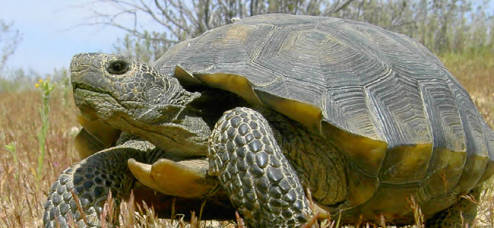 For decades, captive tortoises have suffered from a mysterious ailment known as “upper respiratory tract disease.” The disease was known in captive tortoises in Europe and the United States, according to
For decades, captive tortoises have suffered from a mysterious ailment known as “upper respiratory tract disease.” The disease was known in captive tortoises in Europe and the United States, according to 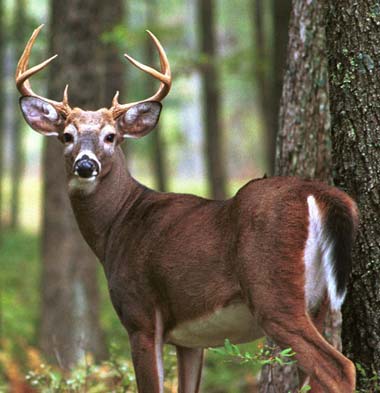 The deer breeding and captive hunt industry would like state departments of agriculture to regulate their industry, rather than state fish and wildlife departments. The industry has made a legislative push throughout the country for more favorable regulations.
The deer breeding and captive hunt industry would like state departments of agriculture to regulate their industry, rather than state fish and wildlife departments. The industry has made a legislative push throughout the country for more favorable regulations.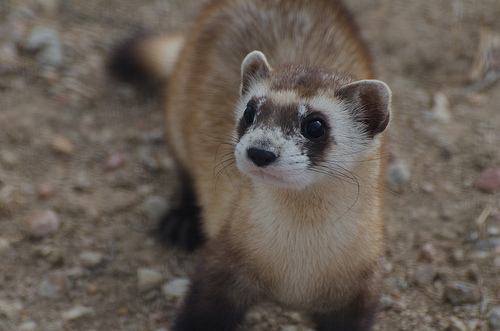 “The most feasible action that would benefit black-footed ferret recovery is to improve prairie dog conservation,” said Pete Gober, black-footed ferret recovery coordinator for the
“The most feasible action that would benefit black-footed ferret recovery is to improve prairie dog conservation,” said Pete Gober, black-footed ferret recovery coordinator for the 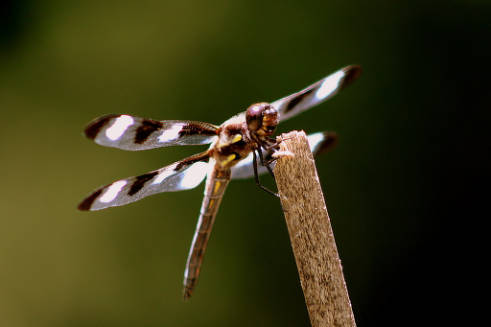 The news is not that
The news is not that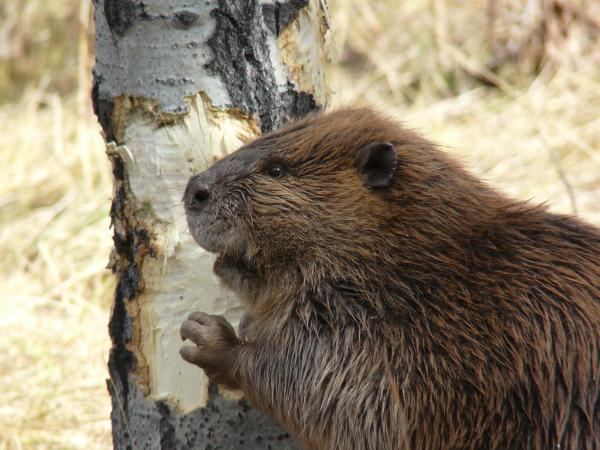 When wolves were restored to Yellowstone National Park, its riparian habitats bounced back. But it takes more than wolves killing elk to restore these habitats, a recent paper in the
When wolves were restored to Yellowstone National Park, its riparian habitats bounced back. But it takes more than wolves killing elk to restore these habitats, a recent paper in the 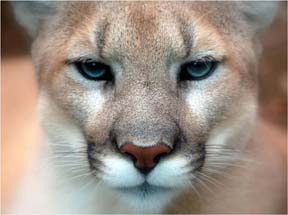 When it comes to mountain lions making use of suburban habitats, there is no difference between males and females, or resident and transient animals, but sub-adult mountain lions were more likely to be found in the suburbs, a study published in
When it comes to mountain lions making use of suburban habitats, there is no difference between males and females, or resident and transient animals, but sub-adult mountain lions were more likely to be found in the suburbs, a study published in  Bald eagle numbers are up in Georgia and Massachusetts, and a Wisconsin county has seen its first bald eagle nest in over 100 years.
Bald eagle numbers are up in Georgia and Massachusetts, and a Wisconsin county has seen its first bald eagle nest in over 100 years.